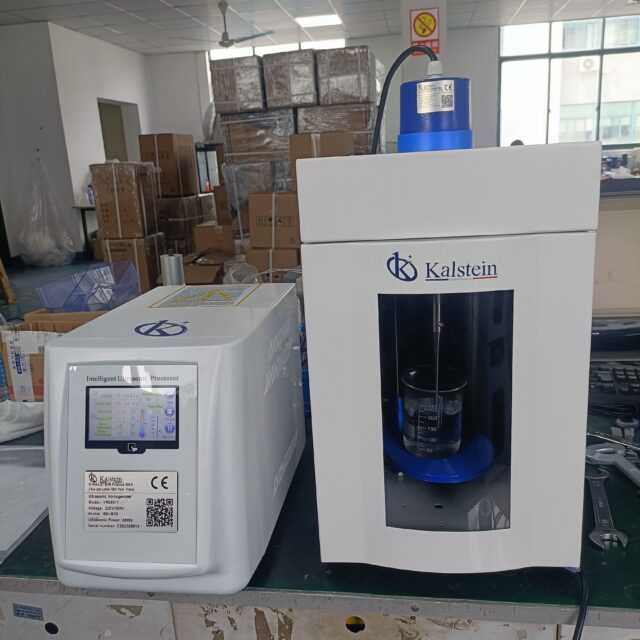The word homogenize refers to uniformity, i.e. the ability to change a mixture from being formed by several phases to being formed by a single phase, i.e. to be uniform or homogeneous. Homogenization is linked to the use of chemicals, which are intended to be mixed until a uniform solution is obtained, through the use of physical means. Homogenization can be applied to a wide variety of samples, such as tissue, food, plants, soil, among others. This is why it is so useful in many areas of science and industry, including biology, agriculture, chemistry, the cosmetics industry and food, among other disciplines.
In laboratories where the homogenization technique is required, it is essential to have the equipment necessary to carry it out, which can be very diverse, ranging from the very elementary such as mallet mortars, grinders, beaters or paddle reels, to more advanced equipment such as conventional and ultrasonic homogenizers. The choice of one equipment over another depends on what you want to mix, and the discipline in which you’re going to use it.
Homogenization technique
Homogenization is a technique in which solutes are combined to form a homogeneous solution. Homogenization is used when the solutes to be mixed are not very soluble or not soluble at all. The result is a solution consisting of a single phase, unlike heterogeneous mixtures, which are characterized by two or more phases.
As mentioned above, there are several types of equipment with which substances can be homogenized, however, the most common to be found in laboratories are the conventional homogenizer or the ultrasonic homogenizer. The operation of the conventional homogenizer is based on a rubber piece connected to a motor, which is activated when the rubber piece is pressed. When the motor is activated, the rubber piece begins to rotate and vibrate, creating a vortex in the solution contained in the flask, until it becomes completely homogeneous.
Advantages of using homogenizers
The advantages of homogenizing substances depend on the type of industry or field in which it will be used. In biology, for example, it makes it easier to study the internal components of the cell; in the food industry, on the other hand, it improves the quality of the final product. For this reason, a homogenizer is indispensable in any laboratory. Here are just some of the advantages of using this equipment:
- Food industry: the use of homogenizers can make foods more appealing to the public by increasing their creaminess and improving their texture. For example, in the case of dairy products, homogenization prevents sedimentation and the formation of serum layers, and improves the texture of the product; in the case of juices or creams, it increases their viscosity. In general, consumers prefer products that look uniform and have a good texture, rather than products that are divided into phases, making them less attractive and of lower quality.
- In biology: the advantage of using homogenizers lies in the fact that cell components can be studied in depth, as with this equipment it is possible to disaggregate its components without harming them.
- In chemistry: homogenizers enable solutions to be produced more rapidly, and emulsions to be optimized.
Kalstein brand homogenizers
At Kalstein, we carry the finest clinical and laboratory equipment at the most affordable PRICES on the market. We are MANUFACTURERS of high-tech, quality homogenizers, excellent for any laboratory. Our ultrasonic homogenizers feature:
- Unique chip technology + 4.3″ TFT capacitive touchscreen, optional computer communication or data printout.
- PID control, ultrasonic time, power adjustable from 1% to 100%.
- The sample temperature detection frequency is automatically monitored and the fault is automatically alarmed.
When you PURCHASE your homogenizer, you can rest assured that we’ll be there to advise you every step of the way. To request a quotation, simply log on to our catalog HERE

